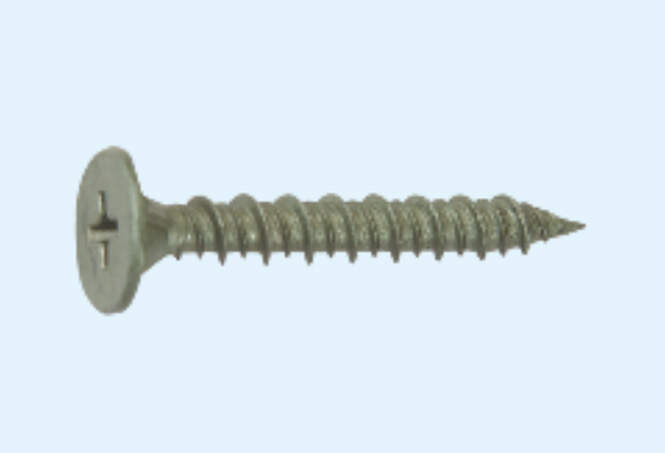Differences Between Flat Head Screws and Countersunk Head Screws
October 27,2022
The screw is used to connect two objects. Generally, the head of the screw will protrude above the surface of the object to be connected, making the surface lose its flatness. There are many kinds of screws, so today let's talk about the difference between flat head screws and countersunk screws?

Flat head screw
The axial surface of the screw body is formed with an axially extending screw tooth. At least one cutting groove is arranged at the tail end. A row of chip grooves shall be dug from the notch to the center of the screw. The chip groove shall go deep into the screw body and exceed a predetermined angle of the centerline, which is mainly used to prevent chips from blocking the notch.
Countersunk screw
The head of the screw is a 90-degree cone, and the head is provided with a tool tightening groove, a slot, a cross groove, a hexagonal socket groove, a plum groove, etc.
Differences between flat head screws and countersunk head screws:
- Different contact surfaces:
The contact surface between the flat head screw and the workpiece is a bit plane, while the countersunk head screw is a bit cone;
- Different forces:
The force on flat head screws is greater than that on countersunk head screws;
- Different combinations:
Flathead screws can be used in combination with flat washers, while countersunk screws can only be used in combination with tapered washers;
- Different ways of use:
Flathead screws can go deep into the counterbore or be exposed to the outside. But countersunk screws are generally only inside the counterbore.
Make a purchase of flat head screws from China, you can get them at a good price if you have a large quantity. We hope to be your long-term partner.